Filter by

The materiality of interaction :notes on the materials of interaction design
A new approach to interaction design that moves beyond representation and metaphor to focus on the material manifestations of interaction. Smart watches, smart cars, the Internet of things, 3D printing: all signal a trend toward combining digital and analogue materials in design. Interaction with these new hybrid forms is increasingly mediated through physical materials, and therefore interacti…
- Edition
- -
- ISBN/ISSN
- 9780262344692
- Collation
- 1 online resource (ix, 192 pages) :illustrations
- Series Title
- -
- Call Number
- -

Mood and mobility :navigating the emotional spaces of digital social networks
We are active with our mobile devices; we play games, watch films, listen to music, check social media, and tap screens and keyboards while we are on the move. In Mood and Mobility, Richard Coyne argues that not only do we communicate, process information, and entertain ourselves through devices and social media; we also receive, modify, intensify, and transmit moods. Designers, practitioners, …
- Edition
- -
- ISBN/ISSN
- 9780262330893
- Collation
- 1 online resource (x, 378 pages)
- Series Title
- -
- Call Number
- -
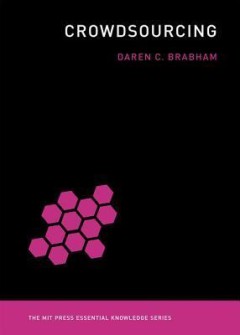
Crowdsourcing
Ever since the term "crowdsourcing" was coined in 2006 by Wired writer Jeff Howe, group activities ranging from the creation of the Oxford English Dictionary to the choosing of new colors for M & Ms have been labeled with this most buzz-generating of media buzzwords. In this accessible but authoritative account, grounded in the empirical literature, Daren Brabham explains what crowdsourcing is,…
- Edition
- -
- ISBN/ISSN
- 026231424X
- Collation
- 1 online resource.
- Series Title
- -
- Call Number
- -

Embodied Conversational Agents
OCLC-licensed vendor bibliographic record.
- Edition
- -
- ISBN/ISSN
- 9780262270038
- Collation
- 1 online resource (430 pages) :illustrations
- Series Title
- -
- Call Number
- -
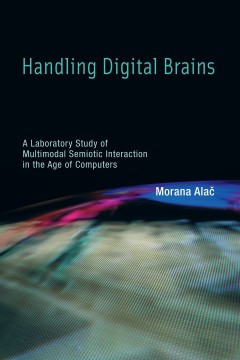
Handling digital brains :a laboratory study of multimodal semiotic interactio…
This title is an analysis of how fMRI researchers actively involve their bodies - with hand movements in particular - in laboratory practice.OCLC-licensed vendor bibliographic record.
- Edition
- -
- ISBN/ISSN
- 9780262295475
- Collation
- 1 online resource (xii, 199 pages) :illustrations (some color).
- Series Title
- -
- Call Number
- -
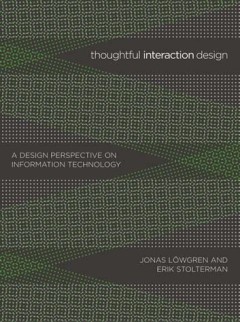
Thoughtful Interaction Design: A Design Perspective on Information Technology
How to think about the shaping and composing of information technology from a design perspective: the aesthetics and ethics of interaction design.OCLC-licensed vendor bibliographic record.
- Edition
- -
- ISBN/ISSN
- 9780262256575
- Collation
- 1 online resource (xiii, 198 pages) :illustrations
- Series Title
- -
- Call Number
- -
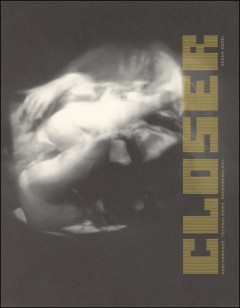
Closer :performance, technologies, phenomenology
Susan Kozel draws on live performance practice, digital technologies & the philosophical approach of phenomenology. She places the human body at the centre of explorations of interactive interfaces, responsive systems & affective computing, asking what is to be discovered as we become closer to our computers?OCLC-licensed vendor bibliographic record.
- Edition
- -
- ISBN/ISSN
- 9780262277563
- Collation
- 1 online resource (355 pages).
- Series Title
- -
- Call Number
- -

Context and Consciousness: Activity Theory and Human-Computer Interaction
Intended for designers and researchers, Context and Consciousness brings together 13 contributions that apply activity theory to problems of human-computer interaction. Understanding how people actually use computers in their everyday lives is essential to good design and evaluation. This insight necessitates a move out of the laboratory and into the field. The research described in Context and…
- Edition
- -
- ISBN/ISSN
- 9780262280419
- Collation
- 1 online resource (xiii, 400 pages) :illustrations
- Series Title
- -
- Call Number
- -
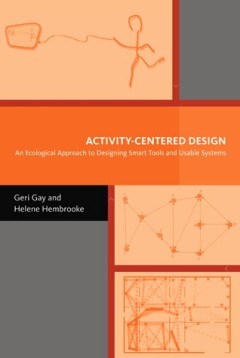
Activity-centered design :an ecological approach to designing smart tools and…
The shift in the practice of human-computer interaction (HCI) Design from user-centered to context-based design marks a significant change in focus. With context-based design, designers start not with a preconceived idea of what users should do, but with an understanding of what users actually do. Context-based design focuses on the situation in which the technology will be used -- the activiti…
- Edition
- -
- ISBN/ISSN
- 9780262256223
- Collation
- 1 online resource (xxi, 111 pages) :illustrations.
- Series Title
- -
- Call Number
- -
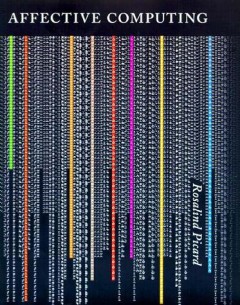
Affective computing
OCLC-licensed vendor bibliographic record.
- Edition
- -
- ISBN/ISSN
- 9780262281584
- Collation
- 1 online resource (xii, 292 pages) :illustrations
- Series Title
- -
- Call Number
- -
 Computer Science, Information & General Works
Computer Science, Information & General Works  Philosophy & Psychology
Philosophy & Psychology  Religion
Religion  Social Sciences
Social Sciences  Language
Language  Pure Science
Pure Science  Applied Sciences
Applied Sciences  Art & Recreation
Art & Recreation  Literature
Literature  History & Geography
History & Geography